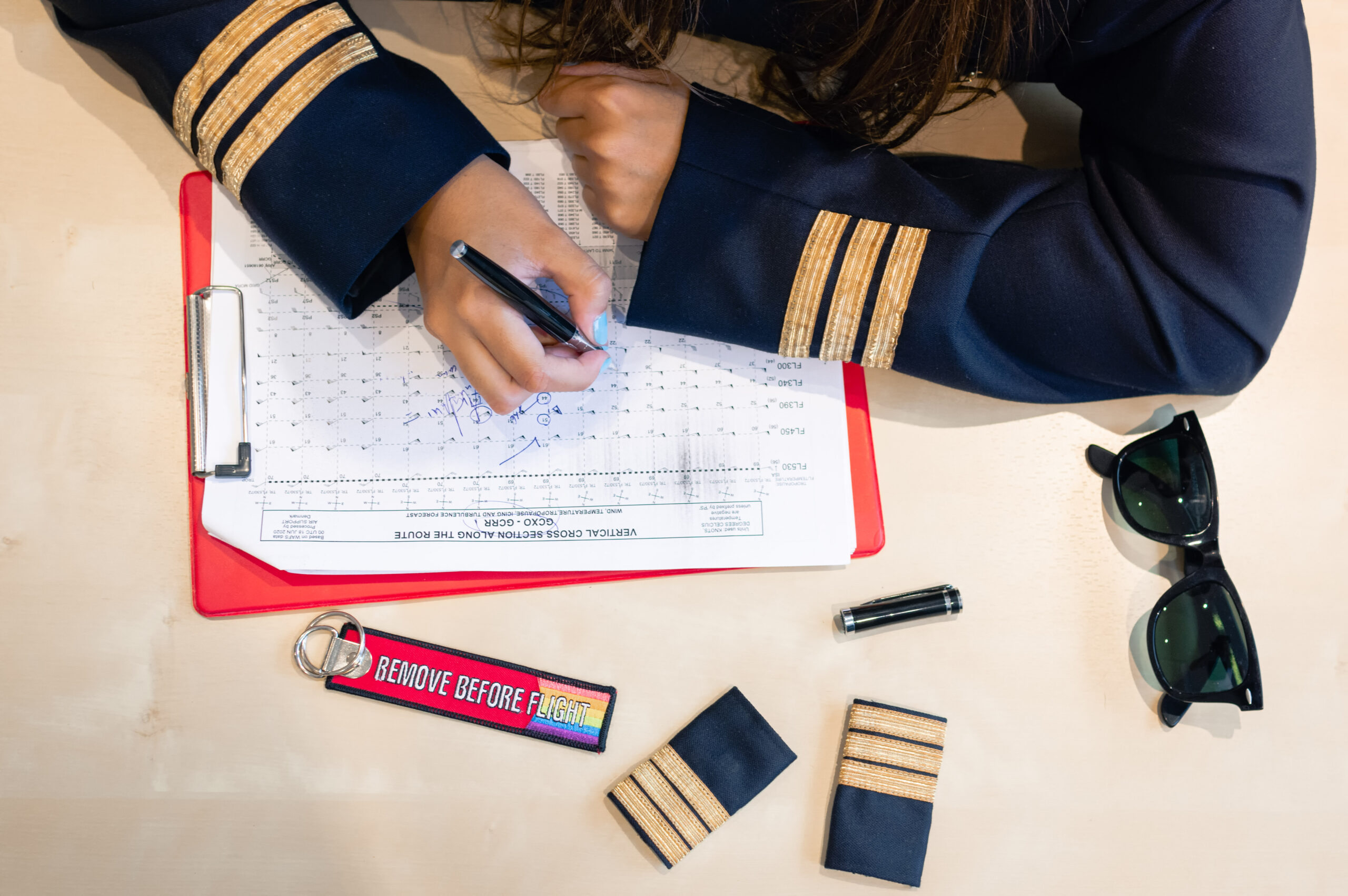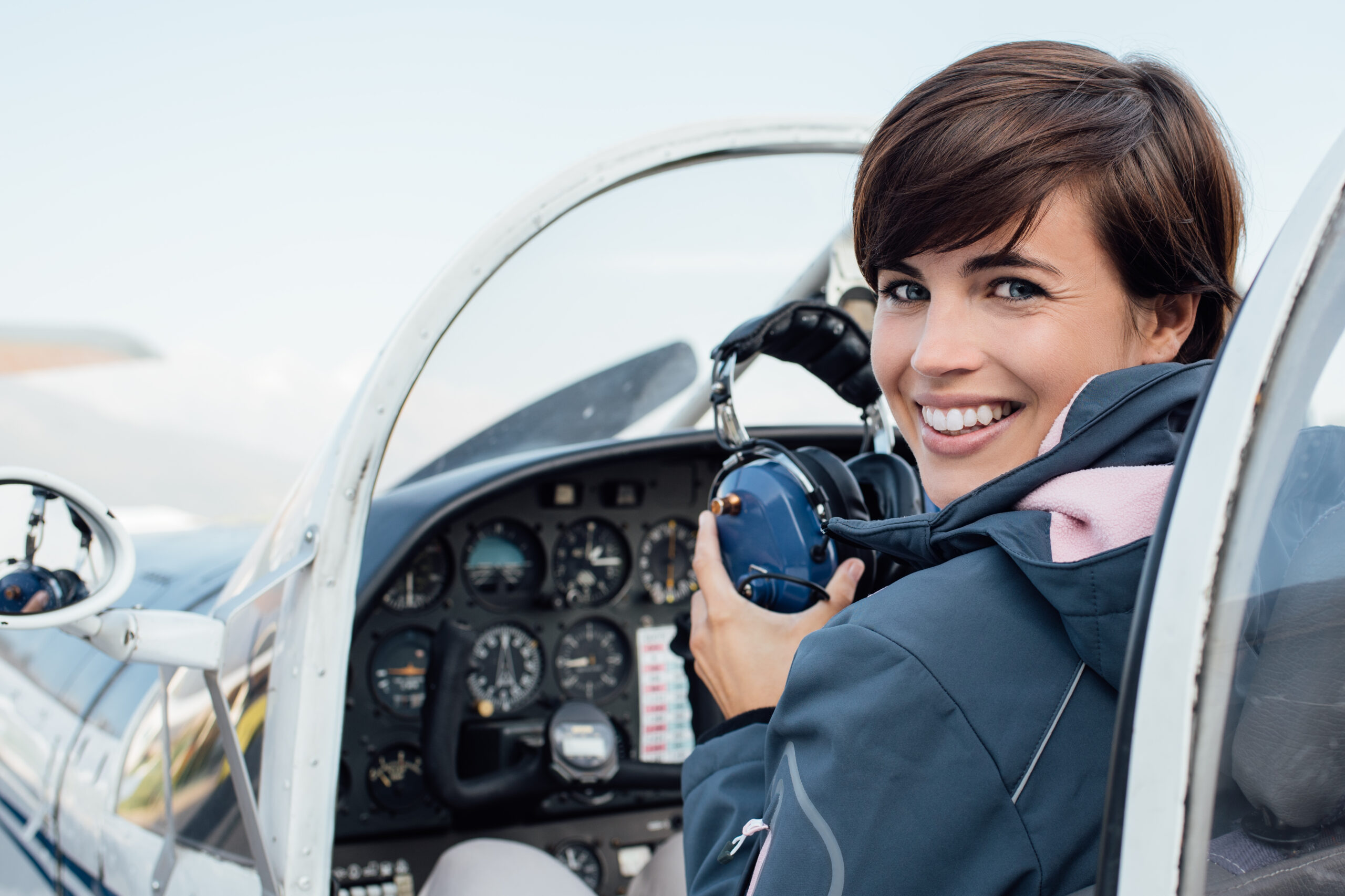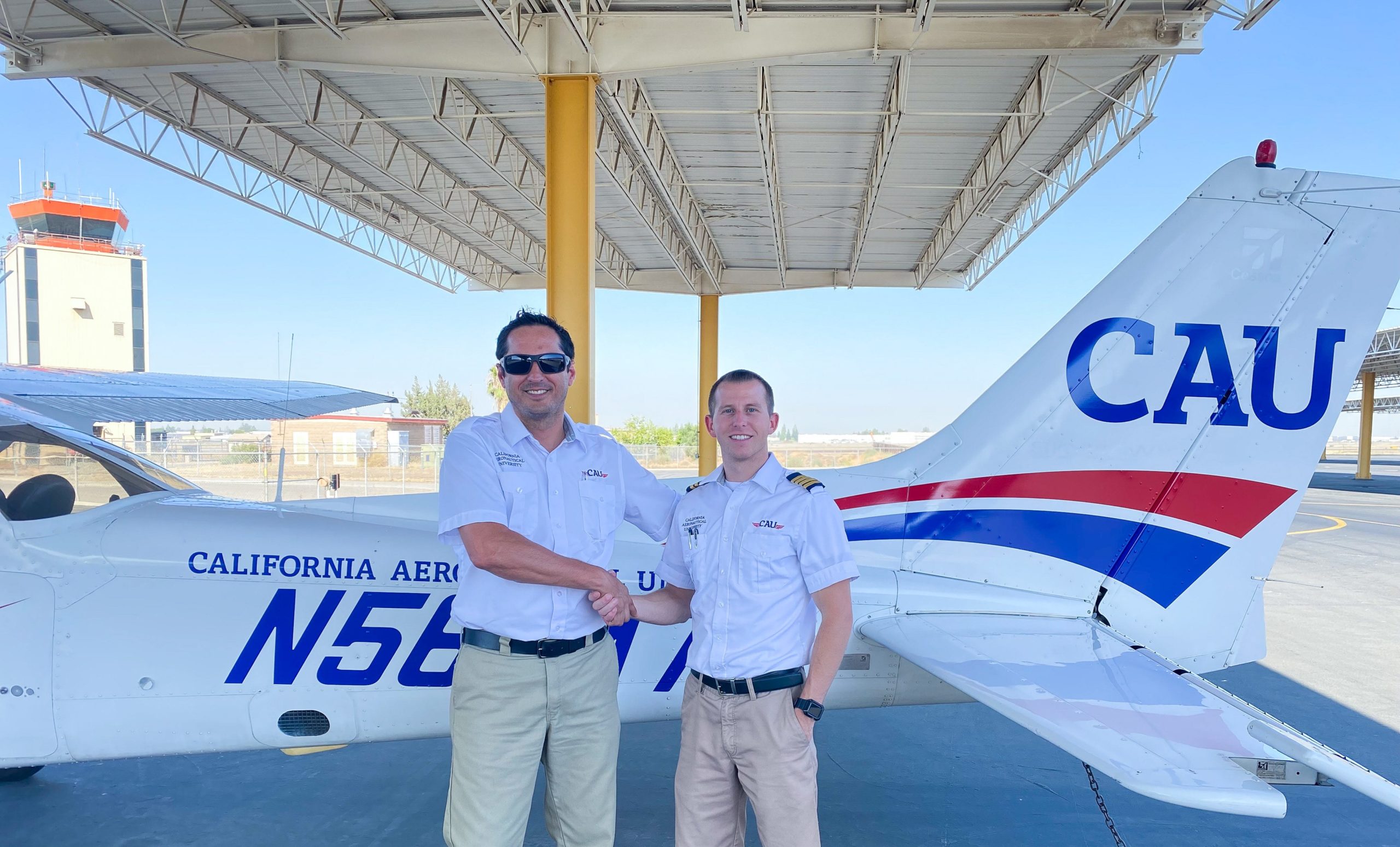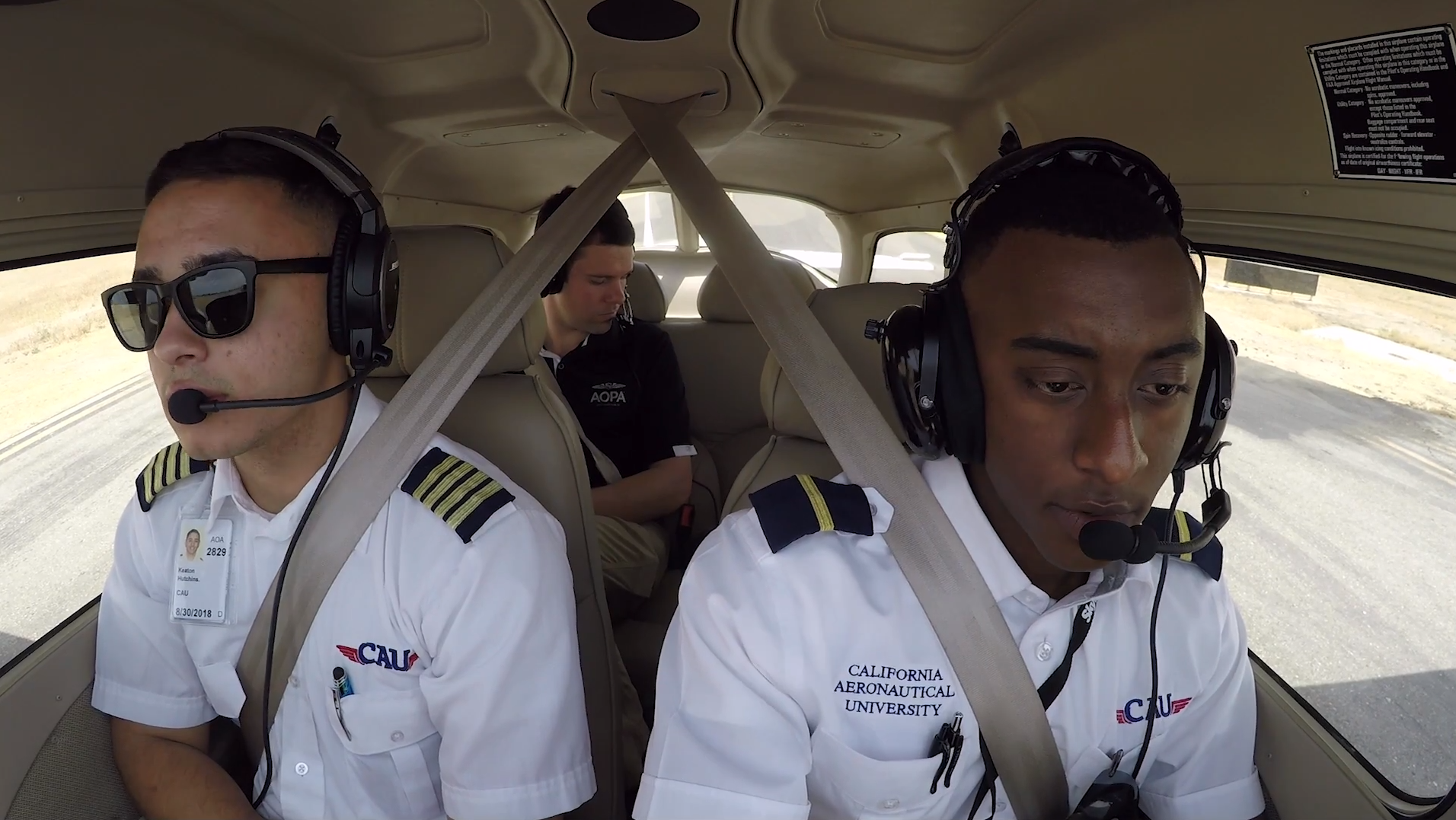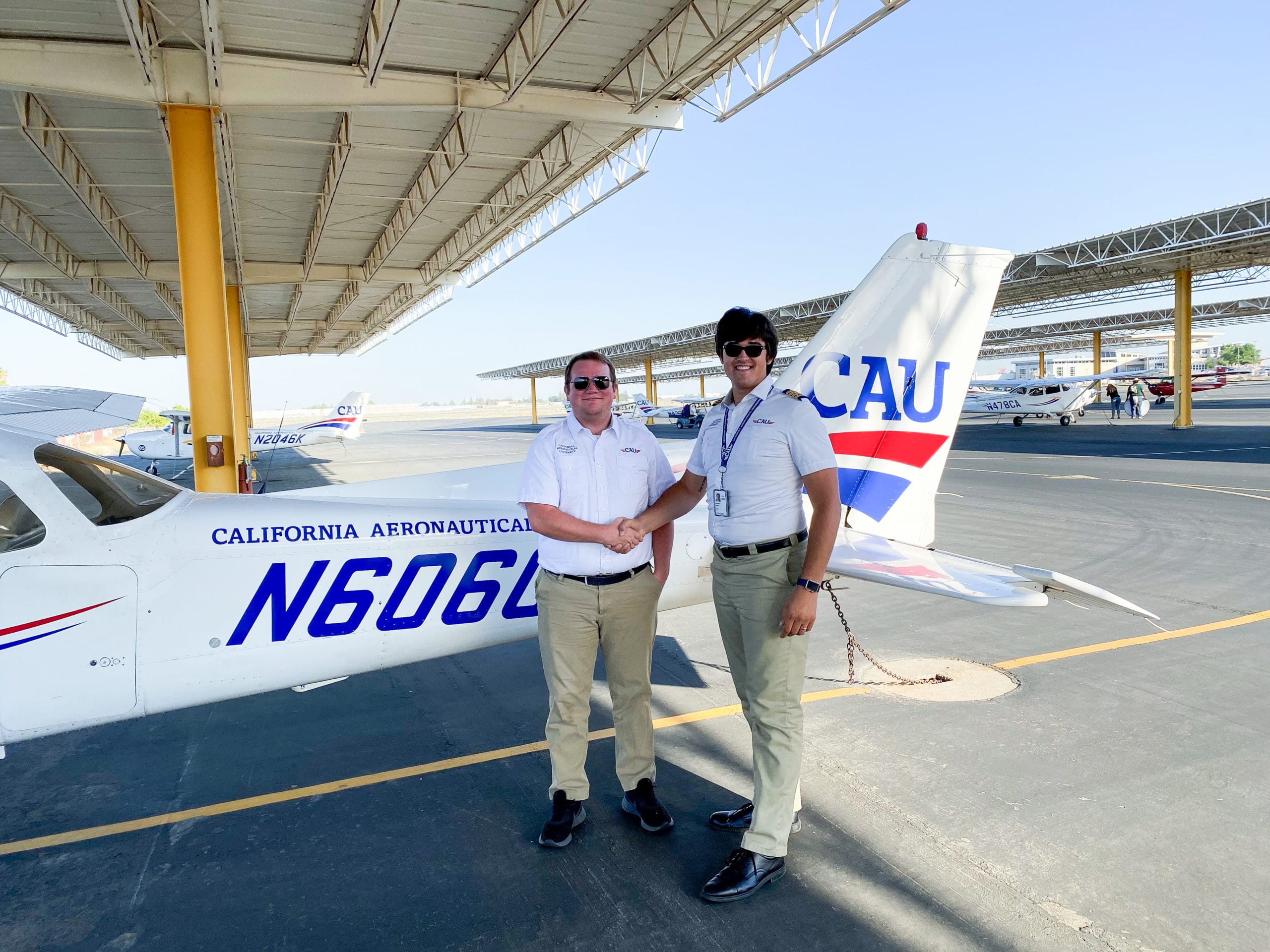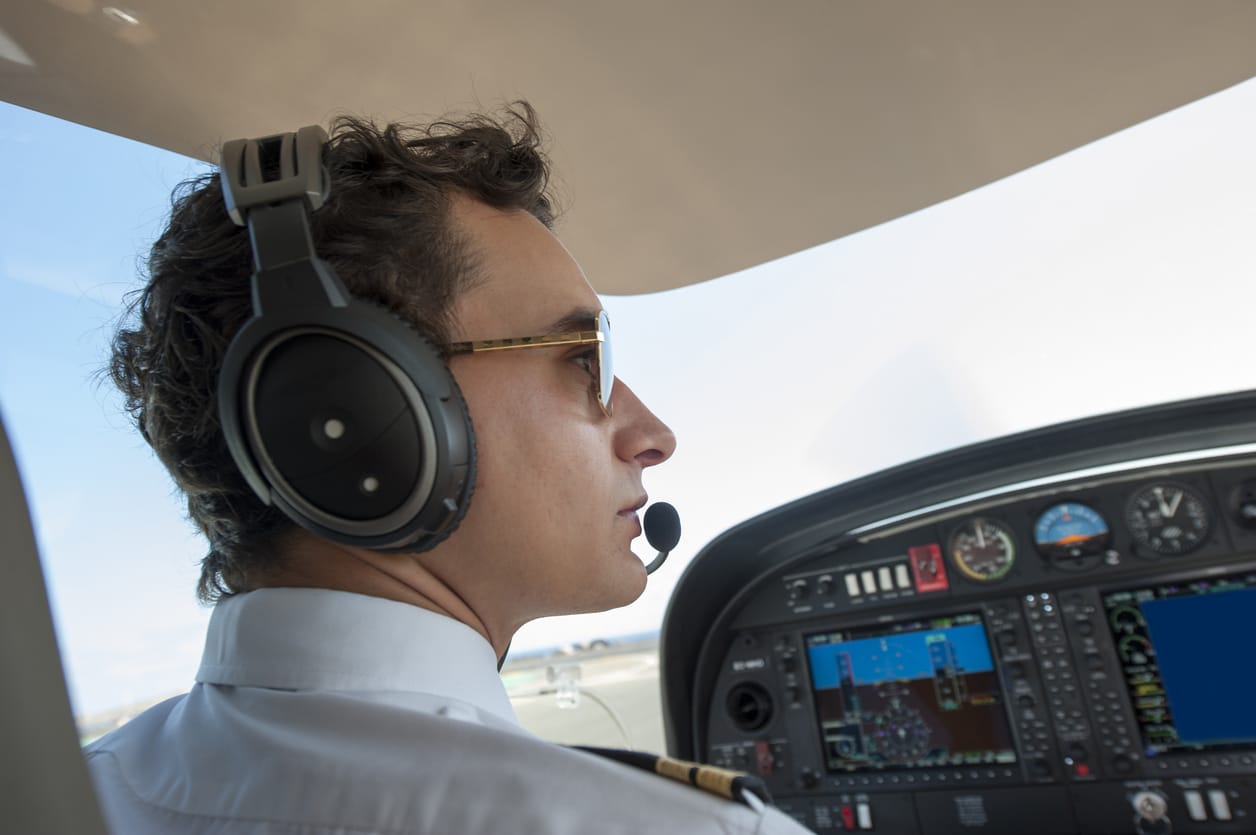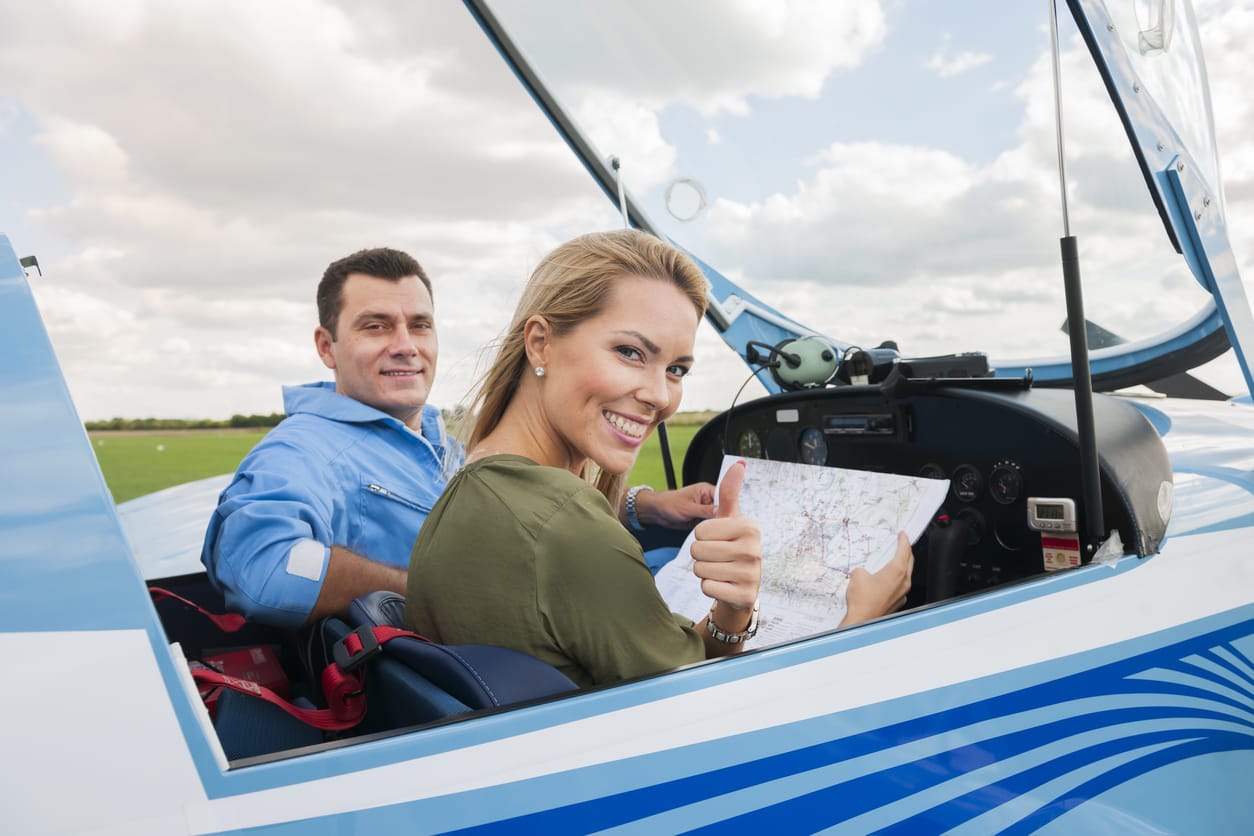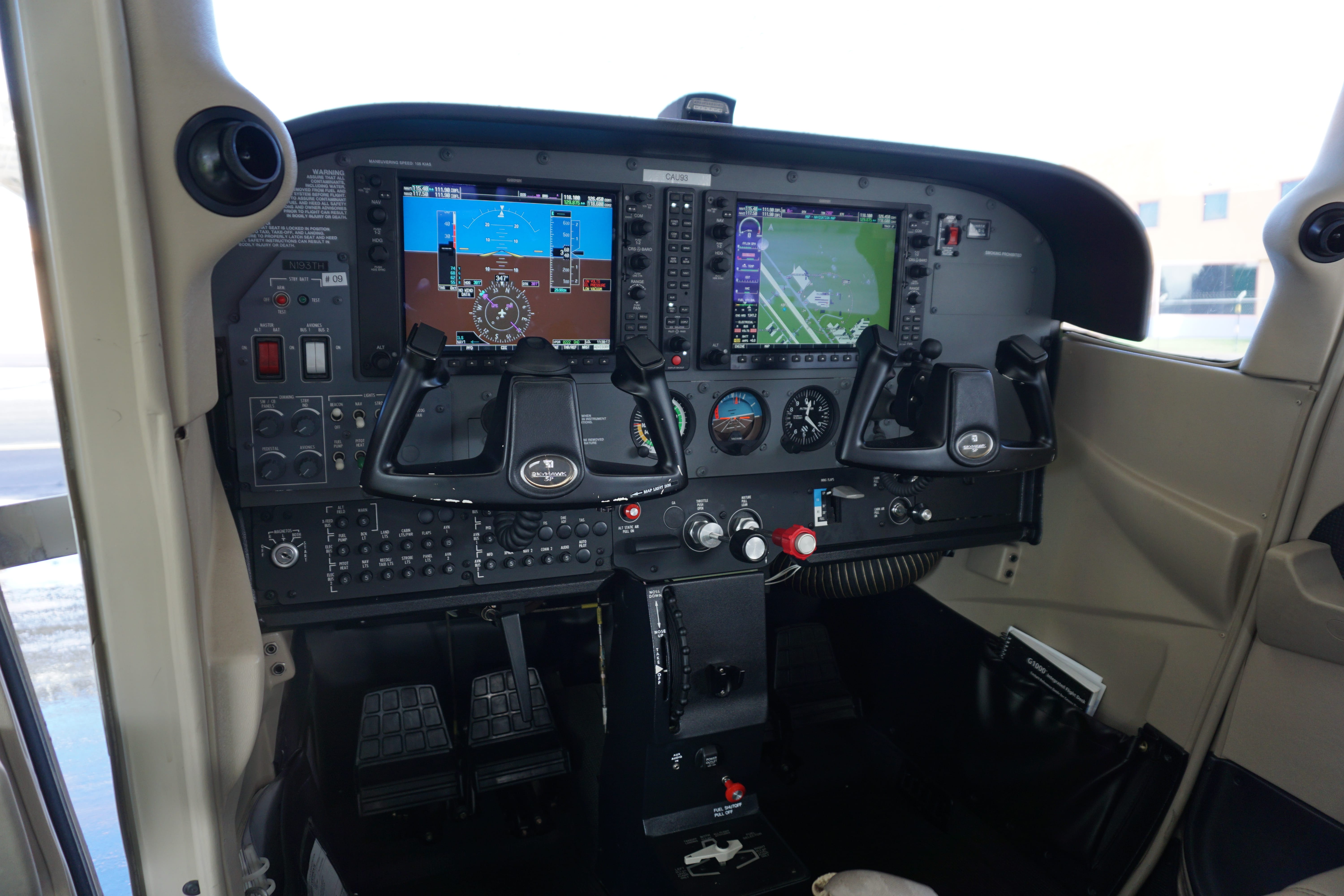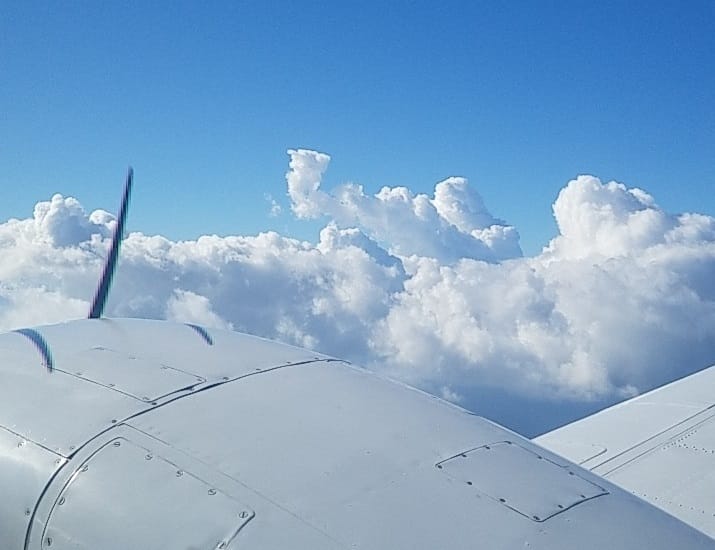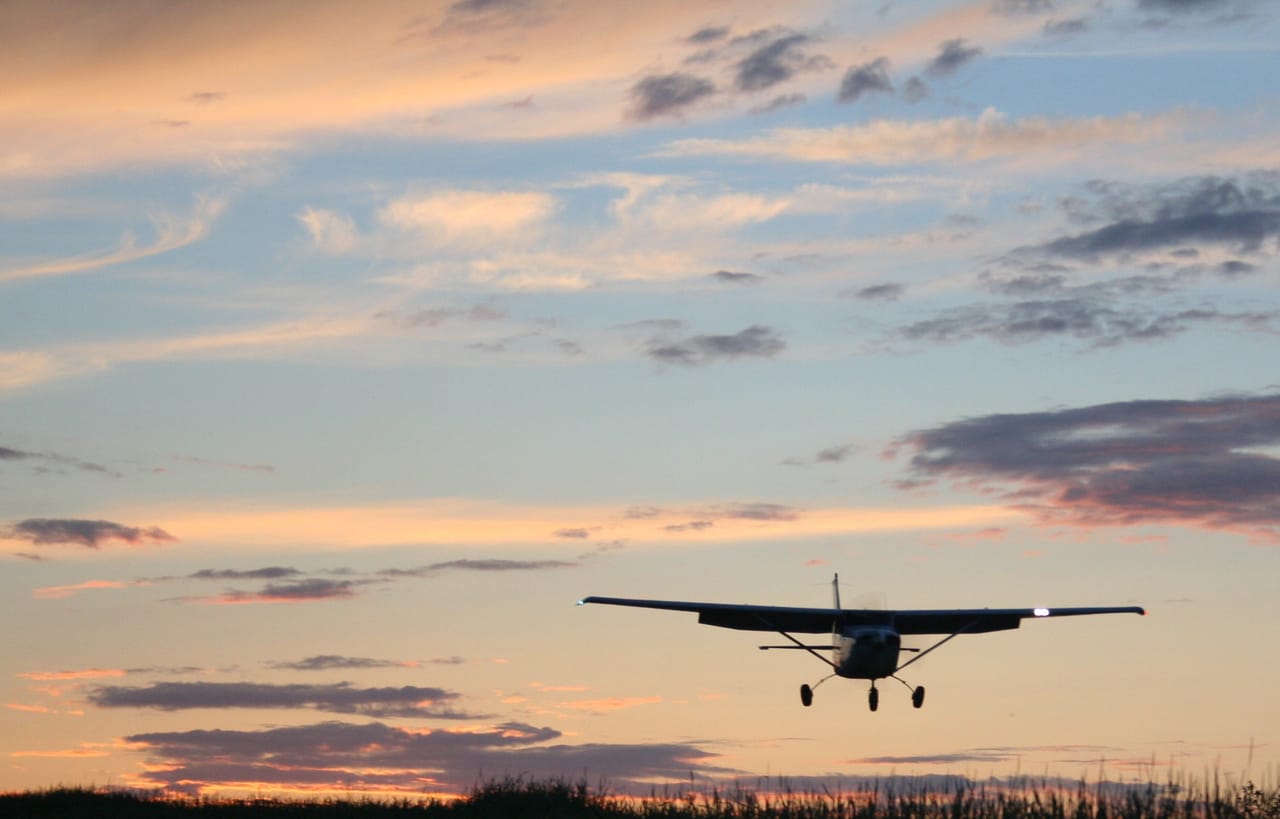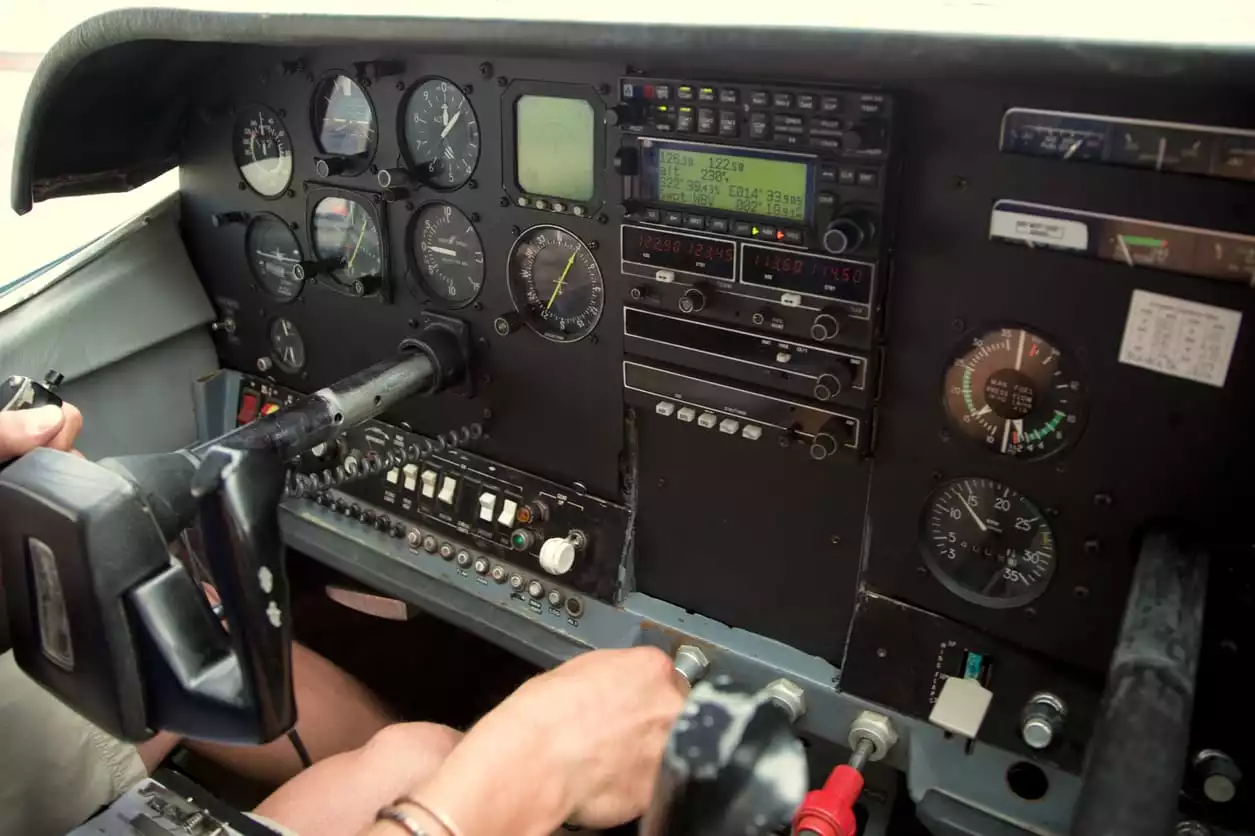Have you always had a dream of flying high – and being in control of the jet? If so, then obtaining your private pilot license may be your goal. How do you do it? What training do you need? Where do you even start?
A quick Google search about how to get a pilot’s license can easily leave you with more questions than you started with.
To help you get started and embark on your aviation journey, we thought we would break down all the steps necessary to get you in the sky.
Want to Become a Private Pilot?
In order to be a private pilot, you must have a private pilot license, formally called a ‘private pilot certificate.’ This is issued by the FAA as an airman certificate. You will be allowed to fly for all kinds of private purposes and take advantage of some great opportunities. However, it is important to note that you are bound by certain limitations, as well.
The FAA sets the Federal Aviation Regulations (FARs) that state what a private pilot can and cannot do. Here are a few things you can do as a private pilot:
- Pilot any aircraft, day or night, that you are qualified for
- Obtain ratings on your license, such as instrument and multi-engine ratings
- Carry passengers and cargo – as long as it is not for hire or compensation
- Share the operating expenses with passengers
- Engage in search and rescue missions
- Volunteer for charitable flights
- Show off an aircraft to potential buyers
One of the biggest limitations that comes with a private pilot license is that you are unable to make money as a pilot or fly commercially.
In order to become a pilot, there are a few steps that you have to take to get there.
- Make sure you meet the eligibility requirements
- Obtain a third-class (or better) medical certificate
- Enroll in a training program
- Successfully complete ground school
- Take – and pass – your written exam and your practical exam.
Now is a great time to become a pilot.
Requirements for a Private Pilot License
Anyone who applies for an airman certificate through the FAA will be required to meet a few qualifications. Consider this laying the foundation or putting in the groundwork for your future in the aviation industry.
To obtain a private pilot license, you must:
- Be at least 17 years of age
- Speak, read, write, and understand the English language
- Already possess a student, sport, or recreational pilot certificate
- Meet the standards for at least a third-class medical certificate
- Complete ground instruction and flight training
- Obtain logbook endorsements
- Get passing scores on the FAA’s written and practical exams
Of course, the most important part of getting your pilot’s license is determining where you will obtain your training.
Private Pilot Training
Your training will consist of both ground school and flight school. Both are required if you want to get your pilot’s license. You may do these together at the same time or you may complete your ground school first, if you prefer.
Ground school is all about learning the aspects of aviation you will need to succeed in the air. This includes concepts such as the FARs, how to communicate via radio, aerodynamics, and so forth. Believe it or not, this is a very important part of obtaining your pilot license as it builds up your knowledge base and your skill set.
Flight school is where you learn how to fly aircraft – and it is in-depth training that will teach you more than just how to control it. You will learn how to prepare for a flight before leaving the ground, gain a deeper understanding of flight navigation and emergency procedures, and more.
In flight school, you should learn about the before, during, and after of handling an aircraft. After all, there is more to flying an aircraft than just being in the air. With each training session, expect to:
- Talk about what you are going to do
- Physically follow through with your pre-flight discussion
- Review your performance, paying attention to the things you did well, things that you can change next time, and bad habits you need to let go
The number of flight hours you will need, as well as the length of the program, will vary based on where you choose to get your training.
Tests to Become a Private Pilot
Once you are ready and have everything you need to obtain your pilot’s license, it is time to take the exams. You must pass both tests, which include a written aeronautical knowledge test and a practical test often referred to as a checkride.
Below is what you can expect from each.
Knowledge Test
The knowledge test contains 60 multiple-choice questions with 3 possible answers. You will have 2 ½ hours to complete the test and you must score a 70% or higher to pass.
If you fail, you will be able to re-test as long as you have an instructor endorsement.
Your results will be good for two years.
Practical Test
Once you complete and pass the written portion of your pilot’s exam, you will have a practical test – as long as you have an instructor endorsement showing that you have met standards and are ready.
The practical exam is conducted by an FAA inspector or a Designated Pilot Examiner (DPE) and will include both an oral exam and a flight, each lasting about an hour and a half. When you pass, you will receive a temporary pilot certificate as well as a permanent certificate once everything is reviewed by the FAA.
Get a Pilot’s License at California Aeronautical University
Are you interested in getting your pilot’s license or having a career in the aviation field? If so, California Aeronautical University can help you embark on your career path. Our aviation programs can train you to become a professional pilot, manage a fleet of aircraft, and more.
If the blue skies of Southern California or Arizona are calling you, then it may be time to check out CAU. Request information today – we’d love to show you what we are all about.
Ready to soar in your aviation career?
Mr. Matthew A. Johnston has over 23 years of experience serving various roles in education and is currently serving as the President of California Aeronautical University. He maintains memberships and is a supporting participant with several aviation promoting and advocacy associations including University Aviation Association (UAA), Regional Airline Association (RAA), AOPA, NBAA, and EAA with the Young Eagles program. He is proud of his collaboration with airlines, aviation businesses and individual aviation professionals who are working with him to develop California Aeronautical University as a leader in educating aviation professionals.
